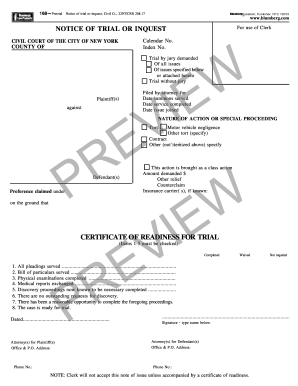

Can a court accept such a motion, despite it being presented literally on the eve of trial with no prior notice to you?

In both hypotheticals, your adversary presented motions in limine not to prevent the introduction of evidence which had just come to their attention, but to preclude evidence that they had known about for years. In the third motion, your adversary attempts to preclude your use of a tremendously expensive video animation to be used by your expert as an aid to the jury in understanding his testimony, claiming it will be prejudicial to the jury, although again your adversary knew about the animation two years prior to the commencement of the trial, but failed to make any motion previously with regard to it.

The first and second motions seek to prevent your expert from testifying at the trial, claiming his testimony is within the expertise of the jury and his expected testimony is allegedly speculative, despite knowing about your expert two years prior to trial. Or instead, your adversary hands up not one motion, but three separate motions in limine immediately before the jury is to enter the courtroom. Yet your adversary waited until after the jury was selected and the trial was about to begin before making the “motion in limine.” The issue presented in the motion is in fact the crux of the entire lawsuit from its inception, which was certainly well known to all sides from the commencement of the suit. You have been preparing for years for this day, crossing every “t” and dotting every “i.” Just as the jury is about to come out, however, your adversary hands up to the court an eleven-page motion for summary judgment masquerading as a motion in limine.


 0 kommentar(er)
0 kommentar(er)
